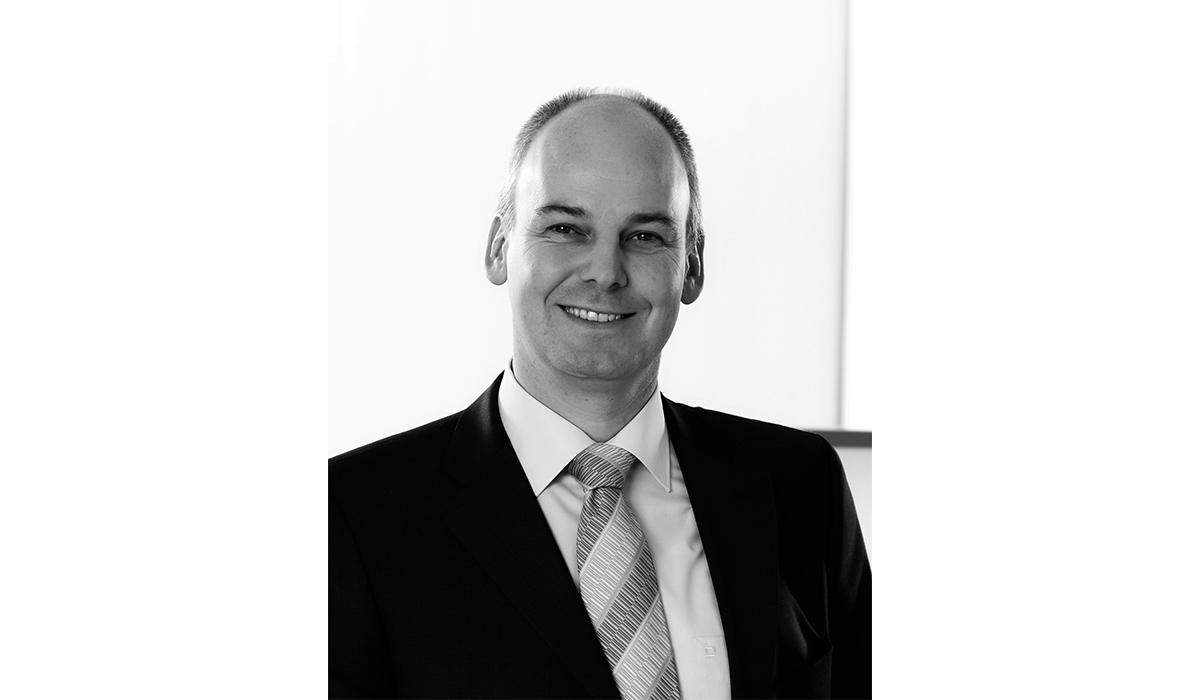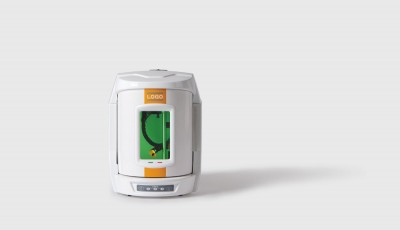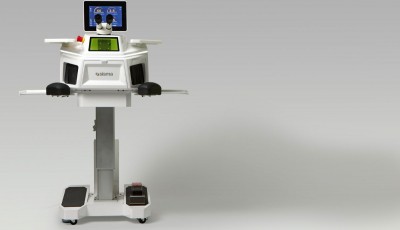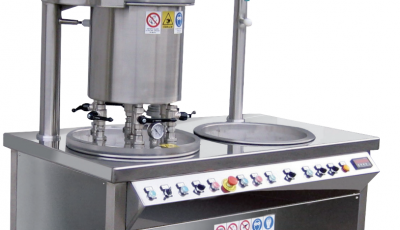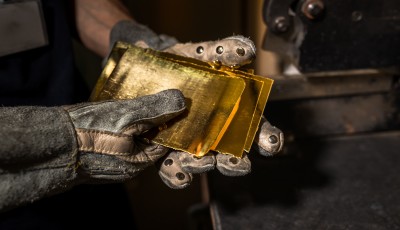Platinum Alloy Additive Manufacturing
What are the ideal process parameters for 950 Pt jewelry alloy? Ulrich E. Klotz responds with a study from the Research Institute for Precious Metals and Metals Chemistry in Schwaebisch Gmuend
The additive manufacturing of platinum alloy jewelry articles has aroused increasing interest in recent years. Not surprisingly, the number of publications presenting results on this subject has recently escalated, each focusing on two aspects. Firstly, the precision casting process of platinum alloys is quite demanding and tries to counteract casting defects such as shrinkage porosity, microporosity or investment reactions. Secondly, the physical properties of platinum alloys, in particular the reflectivity of infrared laser light, are much more similar to those of steel or titanium alloys. This makes the laser powder bed fusion (LPBF) process much simpler than for gold or silver alloys. The underlying question of many of these studies is: what are the ideal process parameters for 950 Pt jewelry alloy? A number of experiments have shown that optimum densities of >99.9% have been achieved for a wide range of processing parameters. However, it was also found that the resulting density depends significantly on the geometry of the item being worked and the structure of the support used. Supports must take into account the item’s geometric orientation with respect to the direction of the laser incidence and the orientation on the construction plate, since local overheating can cause porosity in these areas. Therefore, supports play an important role in thermal management and must be optimized for each element. In a recent study carried out by the Research Institute for Precious Metals and Metals Chemistry in Schwaebisch Gmuend, samples of jewelry rings were prepared with conventional support structures. It was found that the supports had to take the machine’s specific laser scanning procedures into account. Additional supports were therefore necessary at positions where the laser encountered an unsupported powder bed, if the orientation of the parts was less than approx. 72° to the construction plate. Otherwise, overheating caused the material to evaporate and the surfaces to be defective. The final result therefore led to an unequivocal conclusion: careful design of the support structures must be considered as an integral part of the LPBF optimization process.


